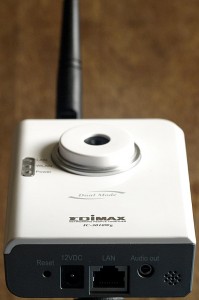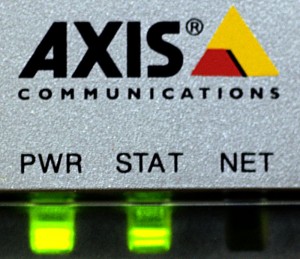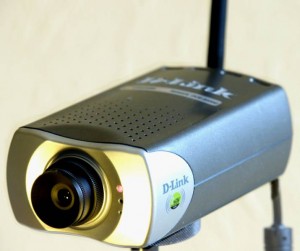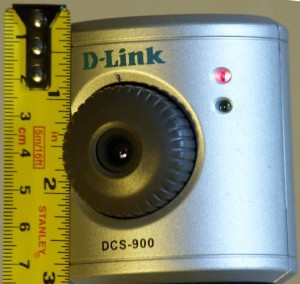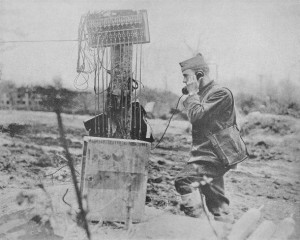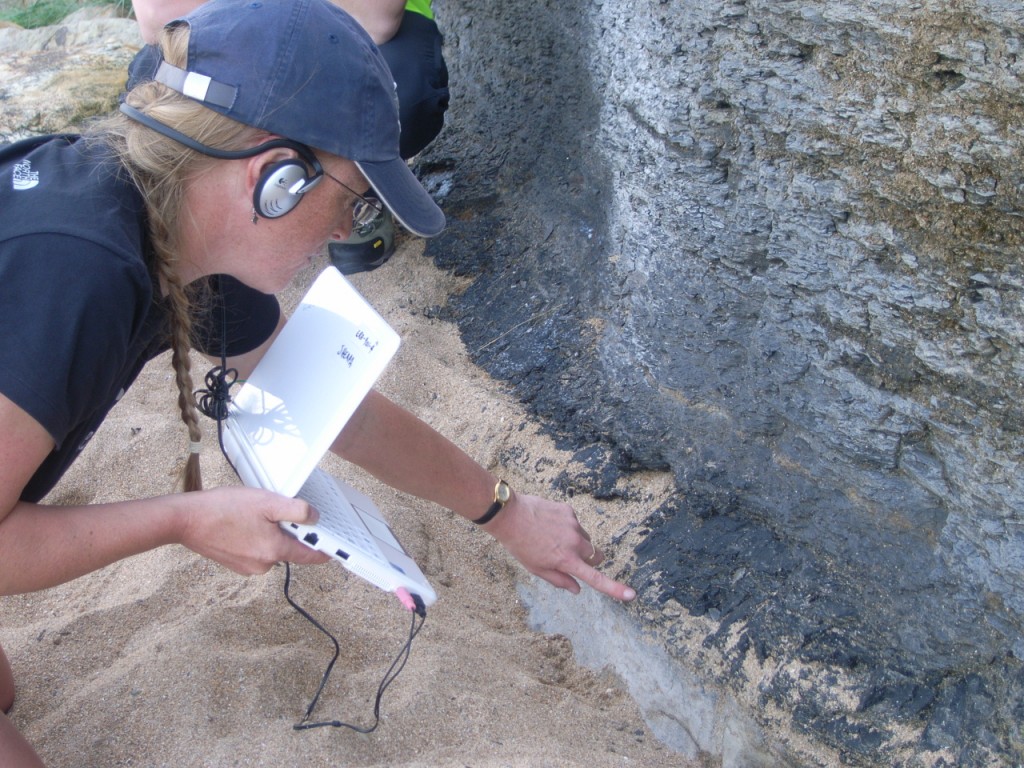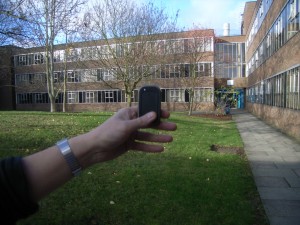
Nokia LD-3W GPS module - a test shot taken at The Open University. The GPS location from the LD-3W is automatically included in the image file on the camera.
We’ve just tried a Nokia LD-3W bluetooth GPS dongle with the Ricoh Caplio 500SE camera we’ve been using for taking photographs – and it rocks.
The LD-3W paired with the Ricoh bluetooth really easily (using the default PIN of 0000), the GPS signal details are then displayed on the camera’s LCD display and when an image is taken the current GPS co-ordinates are stored in the resulting image’s EXIF metadata. The battery in the GPS dongle seems to last all day and can be charged either using the car-charger cable that came with the device or a standard mains Nokia (skinny connector) phone charger.
This is a really easy way to GPS stamp our photos and for the money (£24.96 inc VAT) we’re very pleased with it.
